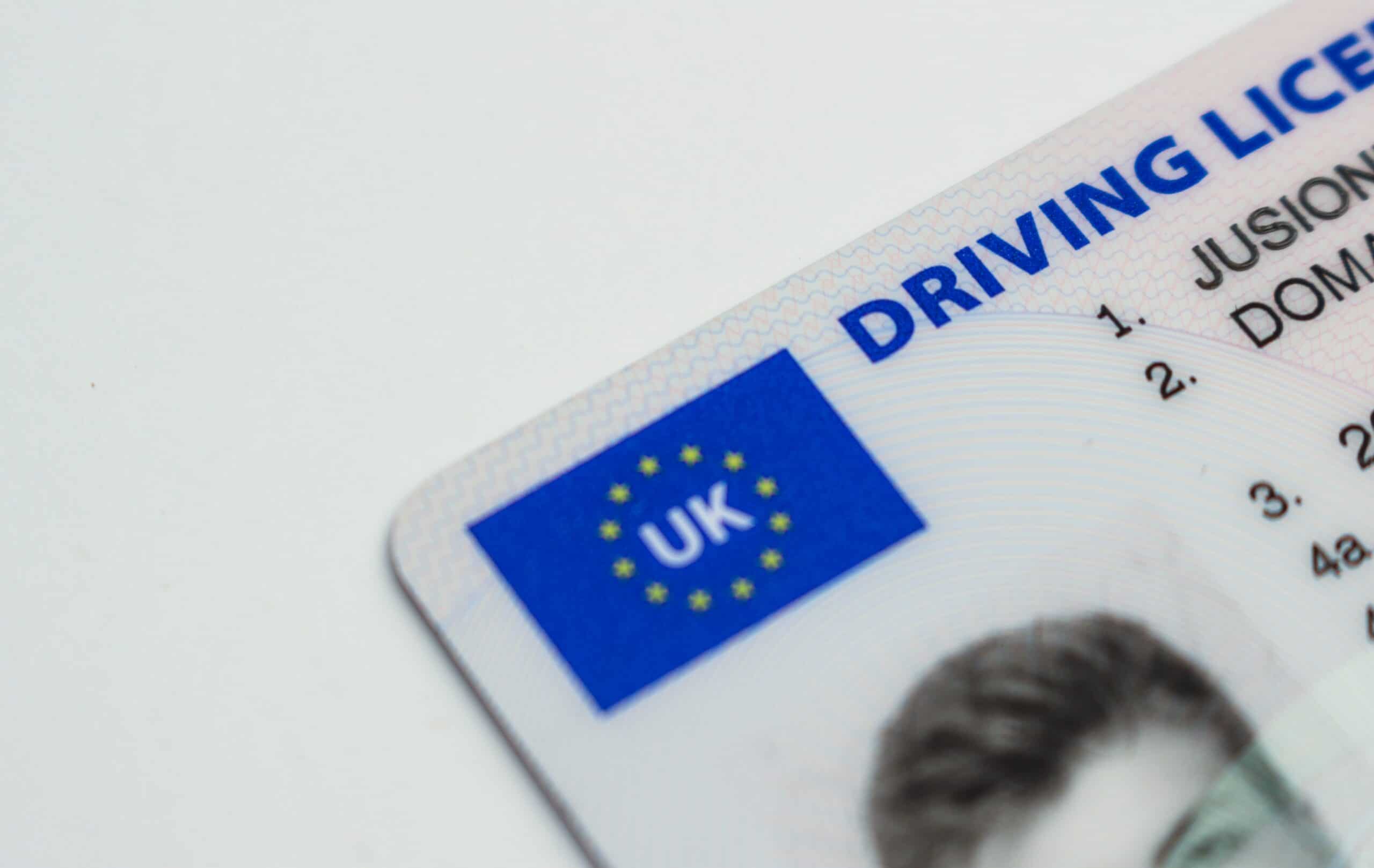Moving to a new country can be an exciting adventure, but it also comes with its fair share of challenges. Transferring your driver’s license is one of the most important tasks you’ll need to tackle when relocating to Australia. This process may seem daunting at first, but with the right information and preparation, you can navigate it smoothly and hit the ground driving in no time.
Why you might need to transfer your license?
When moving to Australia, you often need to transfer your license. This is typically required if you’re a permanent resident or hold a relevant visa allowing you to stay long-term. The law often mandates obtaining an Australian driver’s license within around three months.
This process isn’t just a legal requirement; it’s practical. A local license helps you navigate road rules, and understand driving conditions and serves as a widely accepted form of ID in Australia.
The process of transferring a license in Australia
Transferring your license to Australia is straightforward but requires your time and effort. First, check if your current license qualifies for transfer; many countries have reciprocal agreements with Australia, simplifying the process. If not, additional assessments or tests may be needed.
Once eligibility is confirmed, gather the necessary documents: passport, visa, proof of residency, and current driver’s license. Ensure all documents are in English or have certified translations.
Submit your transfer application online or at a local licensing authority. Processing times vary by state or territory but typically take a few weeks.
Required documents for license transfers
When transferring your license to Australia, you will need to provide certain documents to support your application. These documents may vary slightly depending on the state or territory where you are applying, but the following are generally required:
Passport: A valid passport is a must-have document as it serves as proof of your identity and citizenship.
Visa or proof of residency: If you are not an Australian citizen, you will need to provide a valid visa or proof of residency to demonstrate your eligibility for a license transfer.
Current driver’s license: Your current driver’s license is an essential document to prove your driving experience and eligibility for a license transfer. Ensure that it is in English or accompanied by a certified translation.
Proof of address: You will need to provide evidence of your residential address in Australia. This can be in the form of a utility bill, bank statement, or lease agreement.
Passport-sized photographs: Most licensing authorities require passport-sized photographs for identification purposes. Check the specific requirements of your state or territory.
It’s important to note that these are general requirements, and you should always check the specific requirements of the state or territory where you are applying for a license transfer.
Tips for a hassle-free license transfer
Transferring your license in Australia can be a smooth and hassle-free process if you follow these tips:
Research the requirements: Before starting the application process, take the time to research the specific requirements of the state or territory where you are applying. This will ensure that you have all the necessary documents and information ready.
Start early: Transferring your license can take some time, so it’s best to start the process as early as possible. This will give you ample time to gather the required documents and complete any additional assessments or tests if needed.
Get your documents translated: If your current license and supporting documents are not in English, make sure to get them translated by a certified translator. This will save you time and prevent any delays in the application process.
Keep copies of all documents: Make sure to keep copies of all the documents you submit for your license transfer. This will serve as a backup in case any documents get lost or misplaced during the process.
Follow up on your application: Once you have submitted your application, it’s a good idea to follow up with the licensing authority to check the status of your transfer. This will help you stay informed and address any potential issues or delays promptly.
By following these tips, you can make your license transfer a smooth and hassle-free experience, allowing you to hit the ground driving in Australia with confidence.
Common challenges and how to overcome them
The license transfer process in Australia is generally straightforward, but some common challenges can arise. Here are tips on overcoming them:
Language Barriers: If English isn’t your first language, understanding the application process and communicating with authorities can be challenging. Consider hiring a translator or interpreter to ensure you understand requirements and provide accurate information.
Additional Assessments or Tests: Non-reciprocal countries or limited driving experience may require additional assessments or tests, such as written exams or practical driving tests. Prepare and allocate enough time for study or practice.
Verification of Driving Experience: Some authorities may need evidence of your driving experience, like a logbook or a letter from your previous licensing authority. Gather these documents well in advance to prevent delays.
Processing Delays: Processing times vary by state, and delays can occur due to a high volume of applications. While you can’t control processing times, stay proactive by regularly following up on your application.
Understanding Local Road Rules: Even experienced drivers should familiarize themselves with local road rules and regulations in Australia to ensure safety and pass required tests or assessments.
How long does a license transfer take?
The processing time for license transfers in Australia can vary depending on several factors, including the state or territory where you are applying and the volume of applications received. In general, you can expect the process to take anywhere from a few weeks to a couple of months.
To ensure a smooth and timely transfer, make sure to submit a complete application with all the required documents. Any missing or incomplete information can cause delays in the processing time. Additionally, consider following up with the licensing authority regularly to check the status of your application and address any potential issues promptly.
Costs associated with license transfers
Transferring your license to Australia involves certain costs you should be aware of. While fees may vary by state or territory, here are common expenses associated with license transfers:
- Application Fee: Most authorities charge an application fee to cover administrative processing costs. Specific fees vary by location, so check your state or territory for accurate pricing.
- Translation Fees: If your current documents aren’t in English, you may need certified translation services. Costs depend on document length and complexity.
- Additional Assessment or Test Fees: Some applicants must undergo extra assessments or tests, which may incur additional fees. This includes written exams, practical driving tests, or driver education courses.
- License Fee: After approval, you’ll need to pay a fee for your Australian driver’s license. This covers license production and issuance.
While these costs accumulate, view them as an investment in your road safety and convenience. An Australian driver’s license ensures legal driving, and provides identification, and peace of mind.
Important considerations for international license transfers
If you are transferring an international driver’s license to Australia, there are a few additional considerations to keep in mind:
- Reciprocal Agreements: Australia has reciprocal agreements with numerous countries for license transfers. However, requirements and eligibility can differ. Verify if your country is covered by these agreements and check for additional conditions.
- Language Requirements: Ensure your current license and documents are translated by a certified translator if they are not in English. This ensures accurate information that the licensing authority can understand.
- Driving Experience: Some authorities may request proof of your driving experience, such as a driving logbook or a letter from your previous licensing authority. Gather these documents in advance and translate them if needed.
- Temporary Visitor Licenses: If you’re in Australia on a temporary visa, you might qualify for a temporary visitor license. It permits driving for a limited period, often up to three months. Be aware of specific requirements and restrictions based on your state or territory.
Making your license transfer a smooth experience
Transferring your license to Australia is a crucial step to ensure that you can legally drive and navigate the local road rules and conditions. By following the steps outlined in this guide and being prepared with the required documents, you can make the license transfer process a smooth and hassle-free experience.
Remember to research the specific requirements of the state or territory where you are applying, start the process early, and keep copies of all your documents. Stay proactive by following up on your application and addressing any challenges or delays promptly.
If you have any questions or need assistance with your license transfer, don’t hesitate to contact IC Australia today. Our team of experts is ready to guide you through the process and help you hit the ground driving in Australia.


